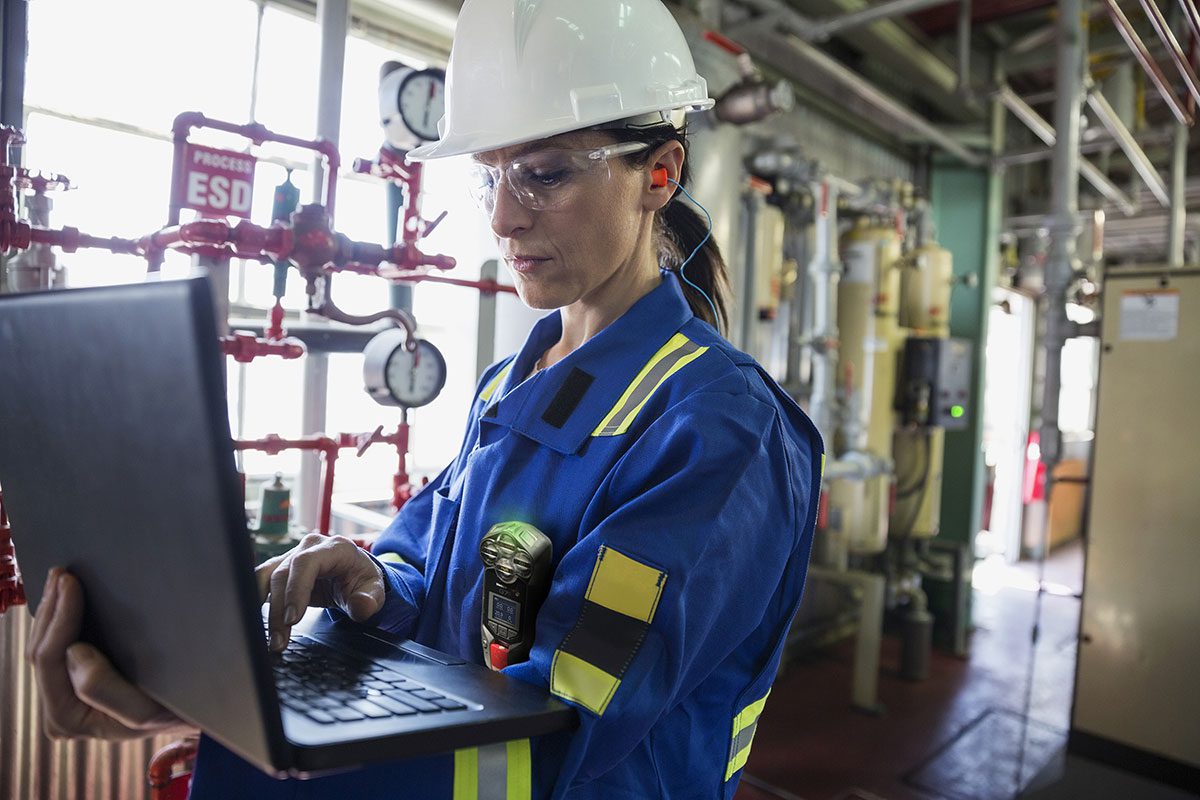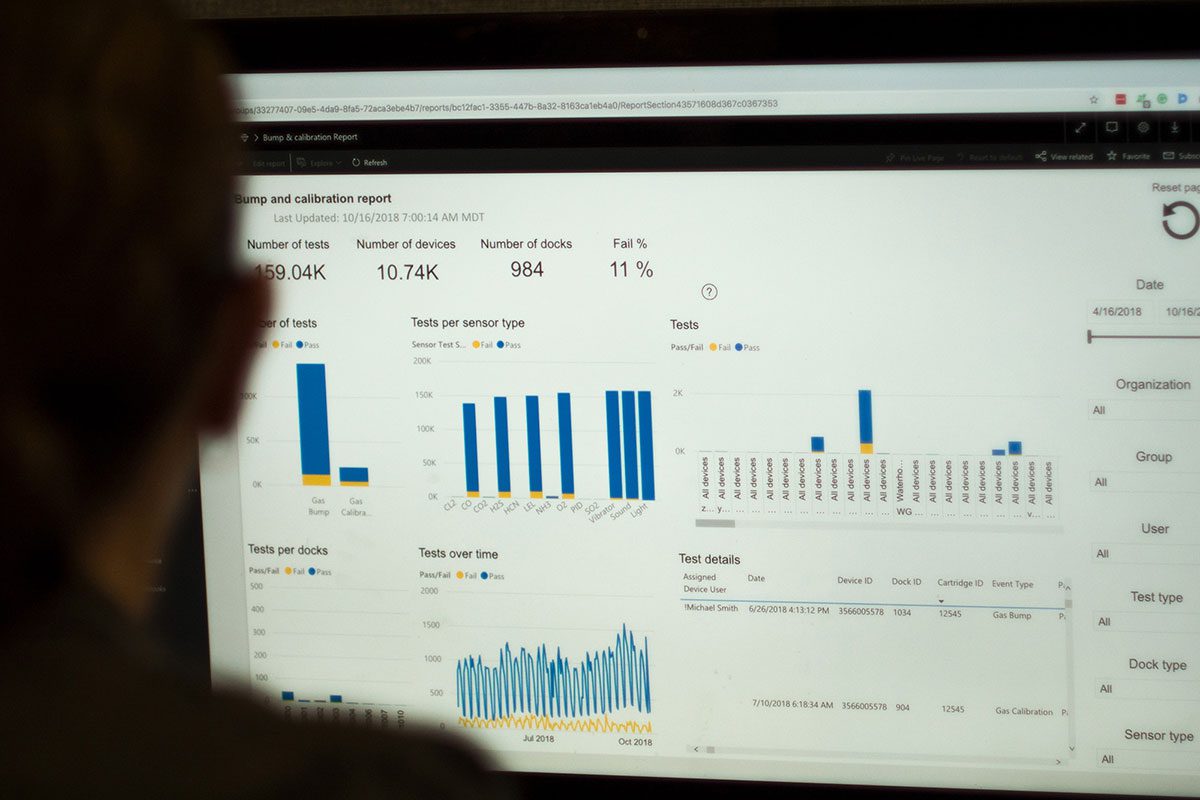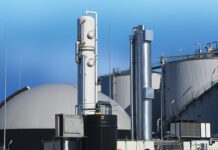This article contains paid-for content created in collaboration with
Blackline Safety Europe
By: Ian White, Product Marketing Manager, Blackline Safety Europe
Gas leaks and personnel exposure have long been common threats to many industries and these risks continue to grow, especially as we return to the workplace post-pandemic.
To ensure worker and process safety in hazardous environments, organisations are investing in tools which aid digital transformation strategies. Data-driven solutions support safety professionals by forecasting where future events may happen based on previous occurrences which may not be obvious or even visible using traditional gas detectors.
How can diving deeper into your gas detection data help you predict the future for your business?
No. 1: Incorporate cloud-connected gas detection technology
The first step in the integration of a data-driven safety solution is equipping workers with gas detection technology, such as connected safety wearables. This technology exists to monitor the wellbeing of your workforce as well as a variety of threats they face, such as exposure to poisonous gases and other substances. Additionally, leading connected safety wearables ensure 24/7 monitoring of personnel and their surrounding environments.
With advanced location technology for instant situational awareness, coupled with data-driven gas monitoring, safety professionals are able to capture a comprehensive picture of their work environment to better understand existing threats and hazards in real-time.
No. 2: Get connected, stay protected
Connected safety wearables and area gas monitors take your gas detection programme to the next level. The safety status of every team member is visible at a glance using real-time maps, which show the location and alert status of all fielded devices. Cloud-connectivity and a live portal equips businesses with alert management tools, a compliance dashboard and comprehensive configuration management of fielded devices. Easily view the type and status of every alert in real-time, or analyse the unique alert history of a particular device.
In addition to the reactive improvements this insight can lead to, this data can also be used to begin identifying where similar threats could emerge in the future.
No. 3: Get more from your data
Through data analytics and user-friendly visualisations, safety professionals can lean on fact-based insights that lead to more informed decision making.
For example, data analytics can provide Industrial Hygienists (IHs) with access to when and where low-level gas exposures occurred across a worksite through real-time and historical data from connected safety devices. This data helps IH teams identify “hot spots” where personnel experience heightened levels of exposure to toxic gases and other volatile organic compounds (VOCs).
Data science has fast become a crucial tool across industrial workplaces. For gas detection, the use of data-driven solutions, automatically identifies patterns from non-zero gas readings logged by personal wearables and area gas monitors. With traditional instruments, it could take months for enough gas to escape from a small leak to identify it and for teams to investigate potential patterns.
The pattern-finding capabilities provided by data science help organisations analyse large volumes of data from a broad range of sources, to identify solutions that improve operations on your job site. Historical data helps predict where gas leaks may occur in the future, enabling safety teams to look ahead and solve emerging problems before they become mission critical.
The future of workplace safety
As the gas detection market continues to evolve and organisations’ emphasis on holistic safety increases post-pandemic, data-driven safety solutions will play a major role in the advancement of HSE programmes.
In addition to improved worker health, confidence and wellbeing, a predictive approach to gas safety can play a meaningful role in emission reduction programmes as companies continue to face increased environmental regulations.
By integrating gas detection data into day-to-day practices, organisations are more efficient, sustainable and – most importantly – safe.








